Pointillism is a painting technique characterized by a meticulous arrangement of primary colors in small dots. It emerged within the neo-impressionist movement developed by Georges Seurat and Paul Signac, in France in the mid-1880s. The pointillist technique involved a scientific approach based on the latest advances in the theory of optics of the time. The color theory used by these artists is still used today in modern monitor production technology.
This art technique was also used by Charles Angrand, Henri Edmond Cross, Henri Delavallee, Maximilien Luce, Camille Pissarro, Vincent van Gogh, Theo van Rysselberghe, and many others.
Pointillism between Impressionism and Neo-Impressionism
Artists who developed the pointillism technique within the neo-impressionist movement relied heavily on the experience of impressionist artists. The experience on which pointillist painters based their expression including themes, motifs, the structure of compositions, and color palettes – the overall nature of the Impressionist painting that they accepted as such speaks more of the compatibility of impressionism and neo-impressionism than of their differences.
Traces of the influence that impressionism had on pointillist technique are visible, especially in painting themes, which is why pointillism is rightly called the impressionist-inspired technique. Inherited impressionist themes are those related to Plein air painting – frequent are scenes from rural life, landscapes, and views of coastal cities. In addition to the usual themes such as portrait or self-portrait, many pointillism paintings include scenes from urban areas that bring authentic depictions of contemporary interiors and exteriors, intimate ambiences, but also larger gathering spaces such as circuses or cabarets.
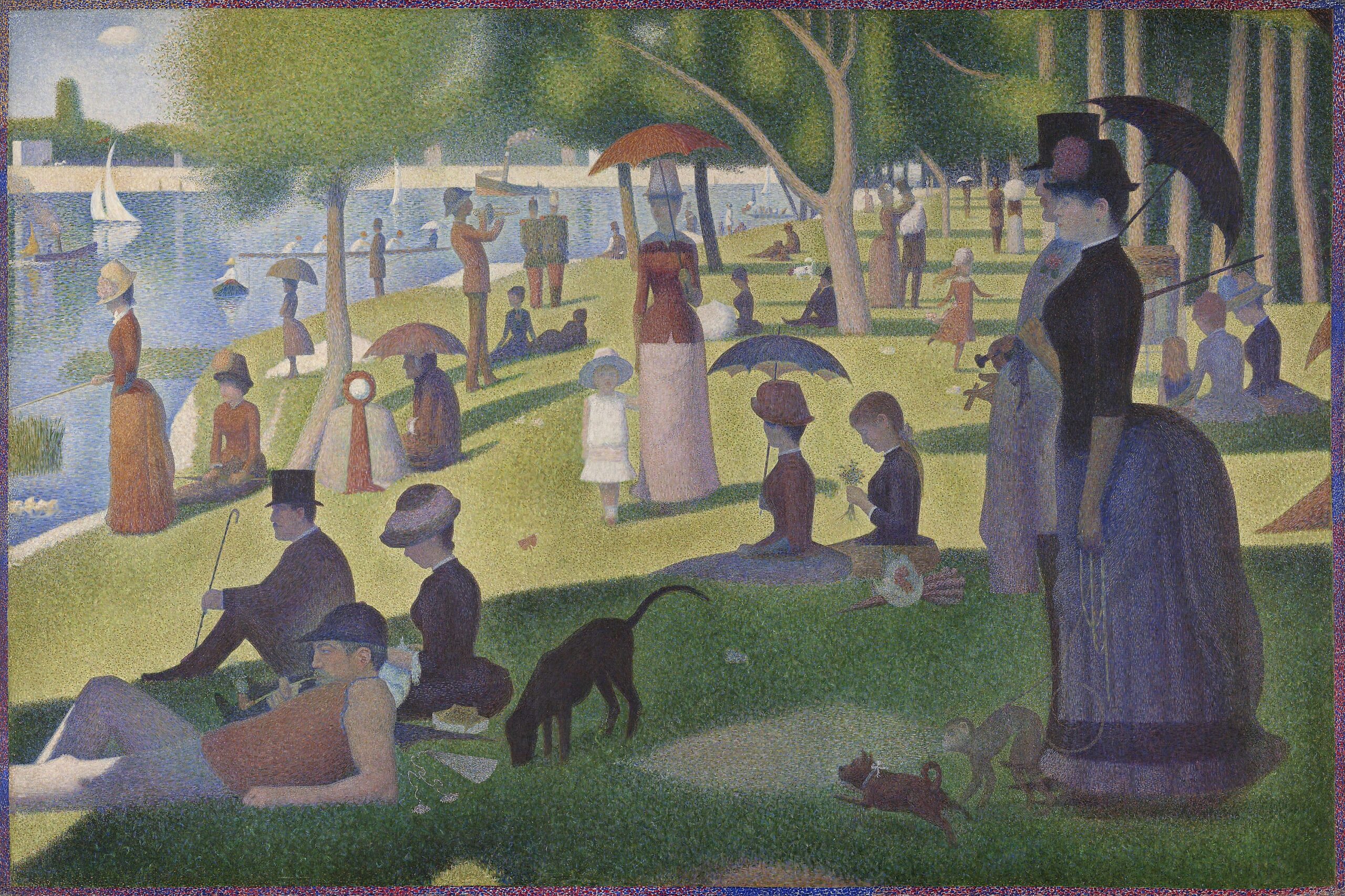
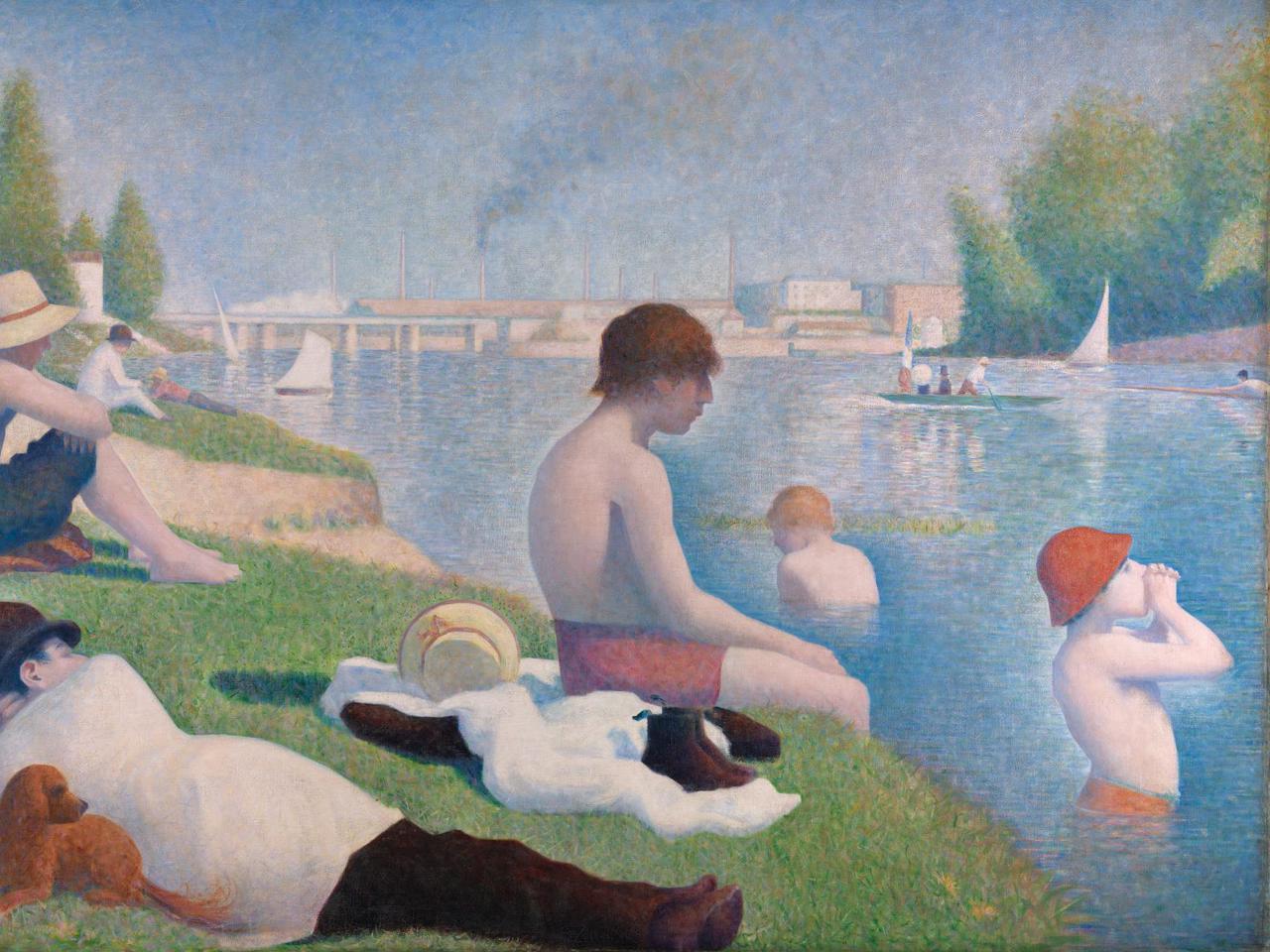

The Role of Light in Pointillism
The role of light was one of the most dominant themes during the impressionist period. Different strategies were approached in order for the painting to generate authentic light of the desired scene. These strategies were reflected in various types of new framing of the painted scene, predominant usage of a light color palette as well as unrestrained layers of color.
In the moment of growing popularity that photography had among the people, it was color in its impressionistic fullness that achieved the advantage of the old technique over the new technology.
However, the idea of capturing the moment – the impression of refraction of light, was not close to the painters who turned to pointillism. The arbitrariness that a potential scene can bring during painting pointillists sought to replace with the certainty of the planned construction of the light capacity within the particular set. Georges Seurat and Paul Signac have found a new space for a more complete expression of light in this new art technique called pointillism.
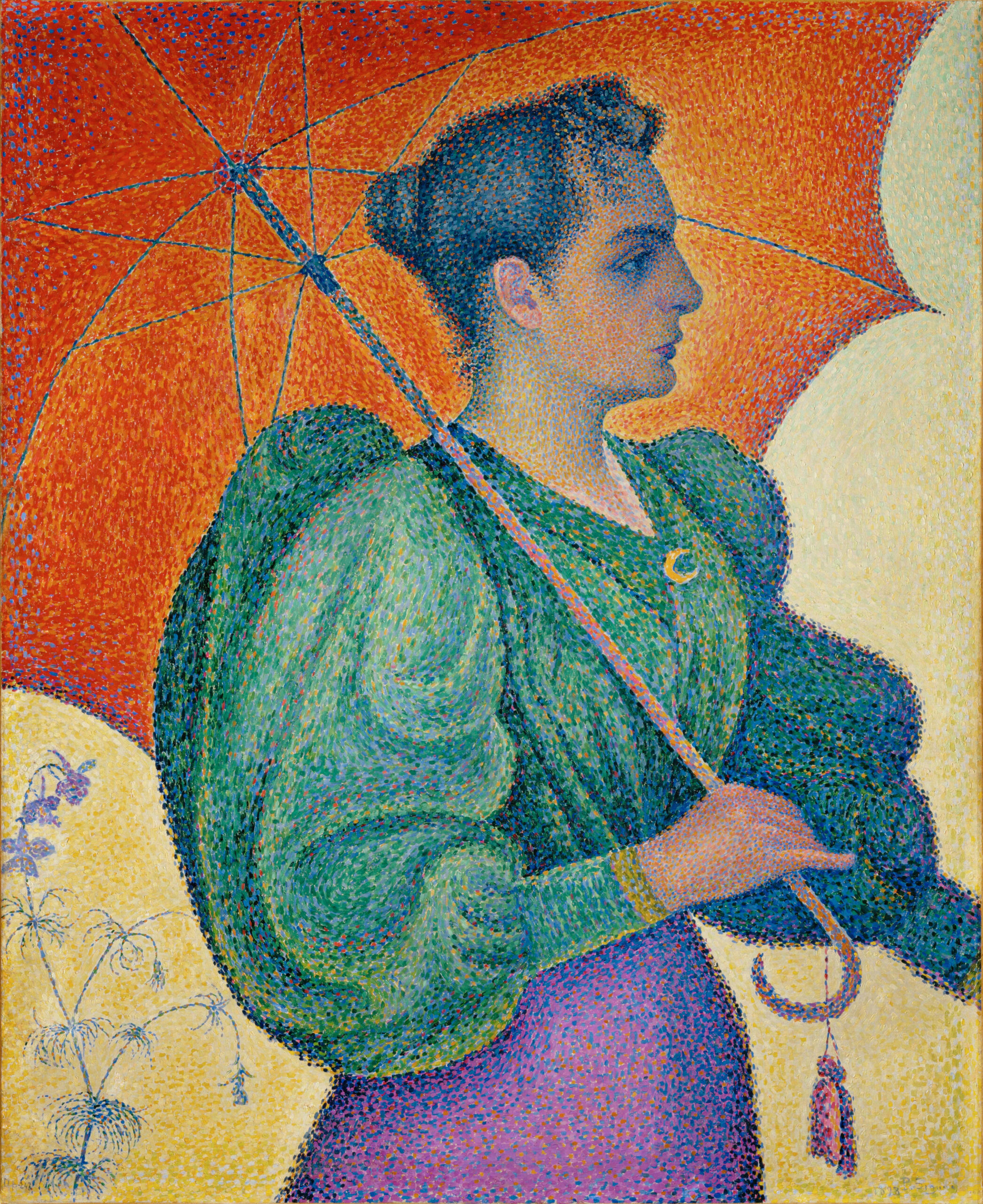
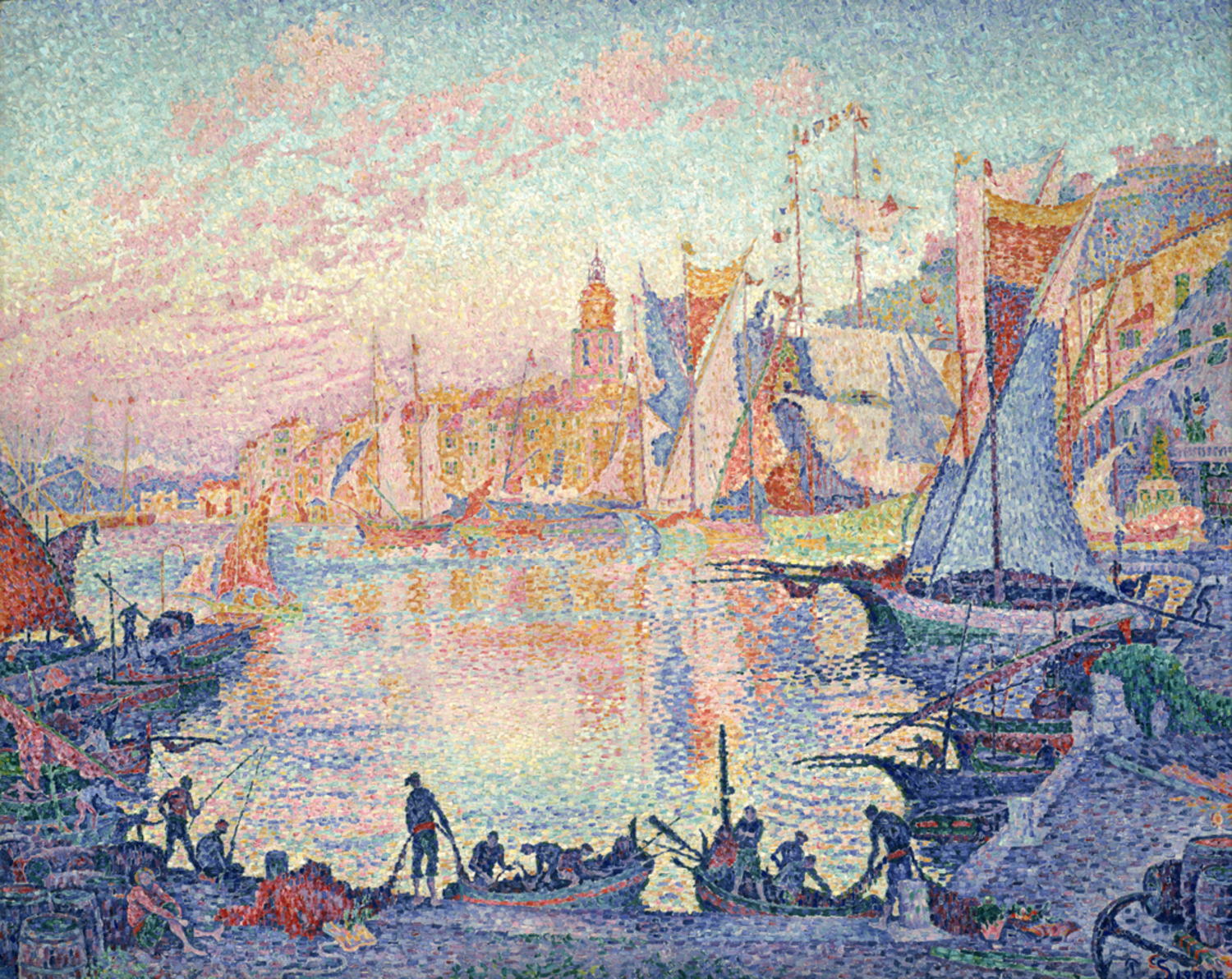
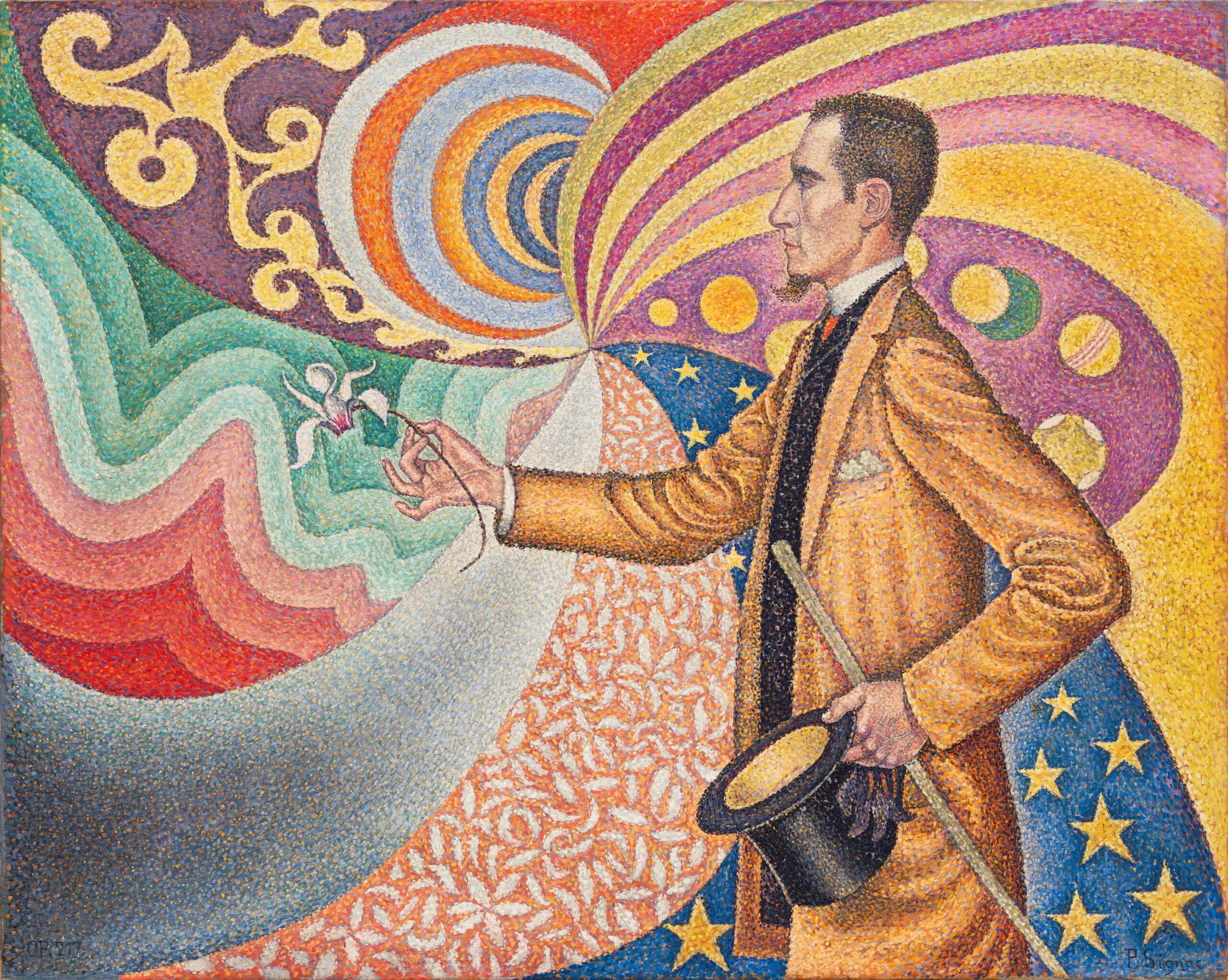
Scientific Theories and Pointillism
The preoccupation with light undoubtedly was the guiding idea of the artist’s work in both art movements – impressionism and neo-impressionism. However, the new art technique of pointillism was completely based on the latest scientific theories at the time which led to a new definition of pointillism painting.
Scientists whose work has contributed to the development of the pointillist technique are Michel Eugène Chevreul, James Clerk Maxwell, Ogden Rood, and Charles Blanc. Michel Eugène Chevreul’s book The Principles of Harmony and Contrast of Colors and Their Applications to the Arts was of particular importance to George Seurat and Paul Signac in developing the pointillism technique.
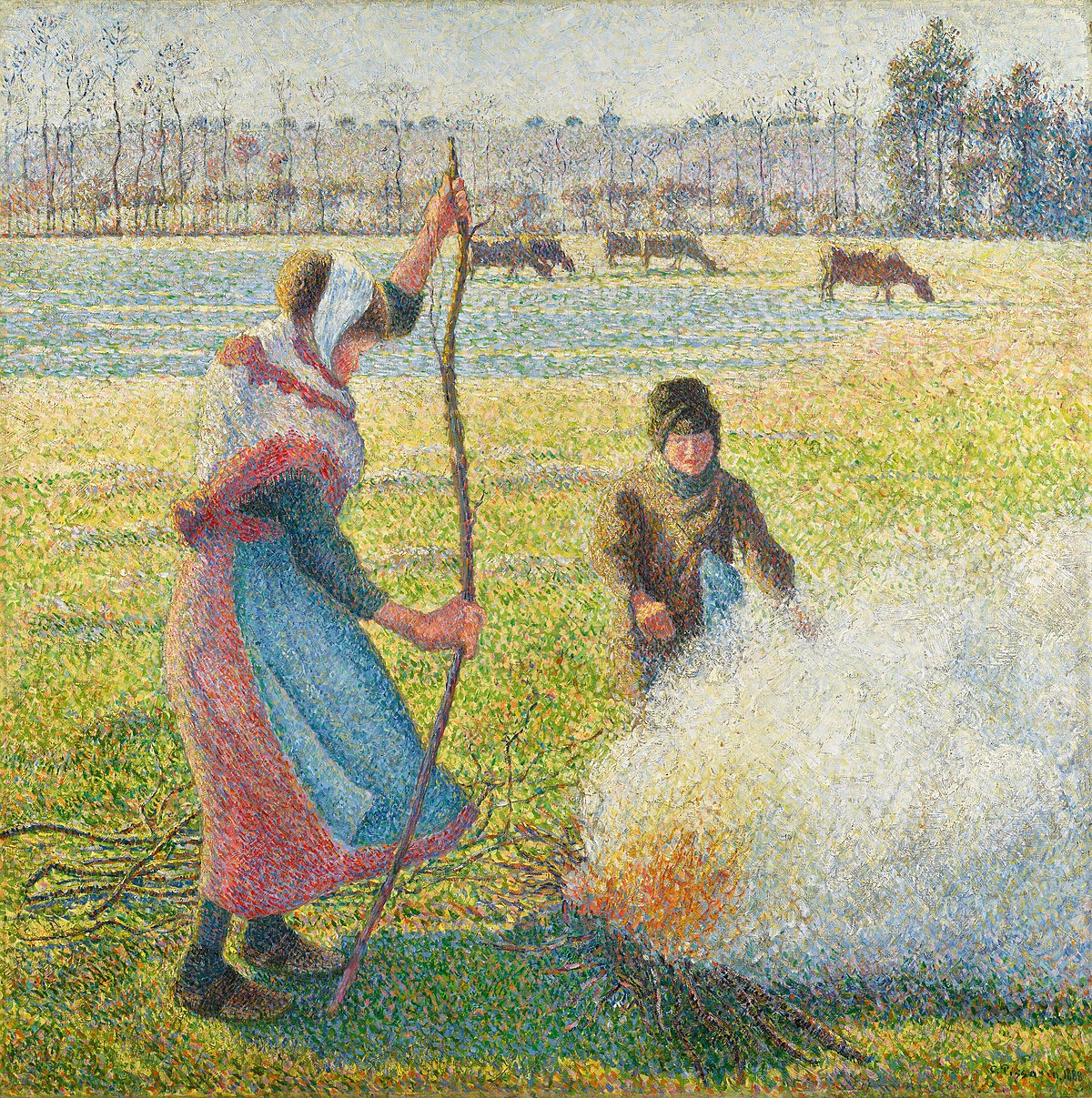
Pointillism and Color Theory
The pointillist artist had been introduced to the RYB color model, which includes red, green, and yellow pigment as primary colors on the basis of which a chromatic diagram is formed.
That diagram had been frequently used among pointillist painters since it shows complementary colors and their relations. Maxwell’s experiments with trichromatic color theory and colorimetry were important in developing the pointillist theory as well.
Rood divided color into three constants: purity, luminosity, and hue similar to Maxwell but his contribution is especially reflected in the domain of application of these achievements in pointillist works.
It was Rood’s calculations that paved the way for an experiment with the arrangement of pairs of complementary colors which is revolutionary in relation to traditional methods of using paint. He believed that if the pairs of complementary colors are arranged at a defined density and later observed from a certain distance, they will enhance the presence of the entire painting.
This theory is still key to computer screen work today. Monitors whose work is based on the principle RGB synthesize colors additively by selectively illuminating each of its pixel’s color quality. The basic color quality of each pixel can be red, green, and blue and its phosphor dots are varying levels of intensity depending on the color tone they should create.
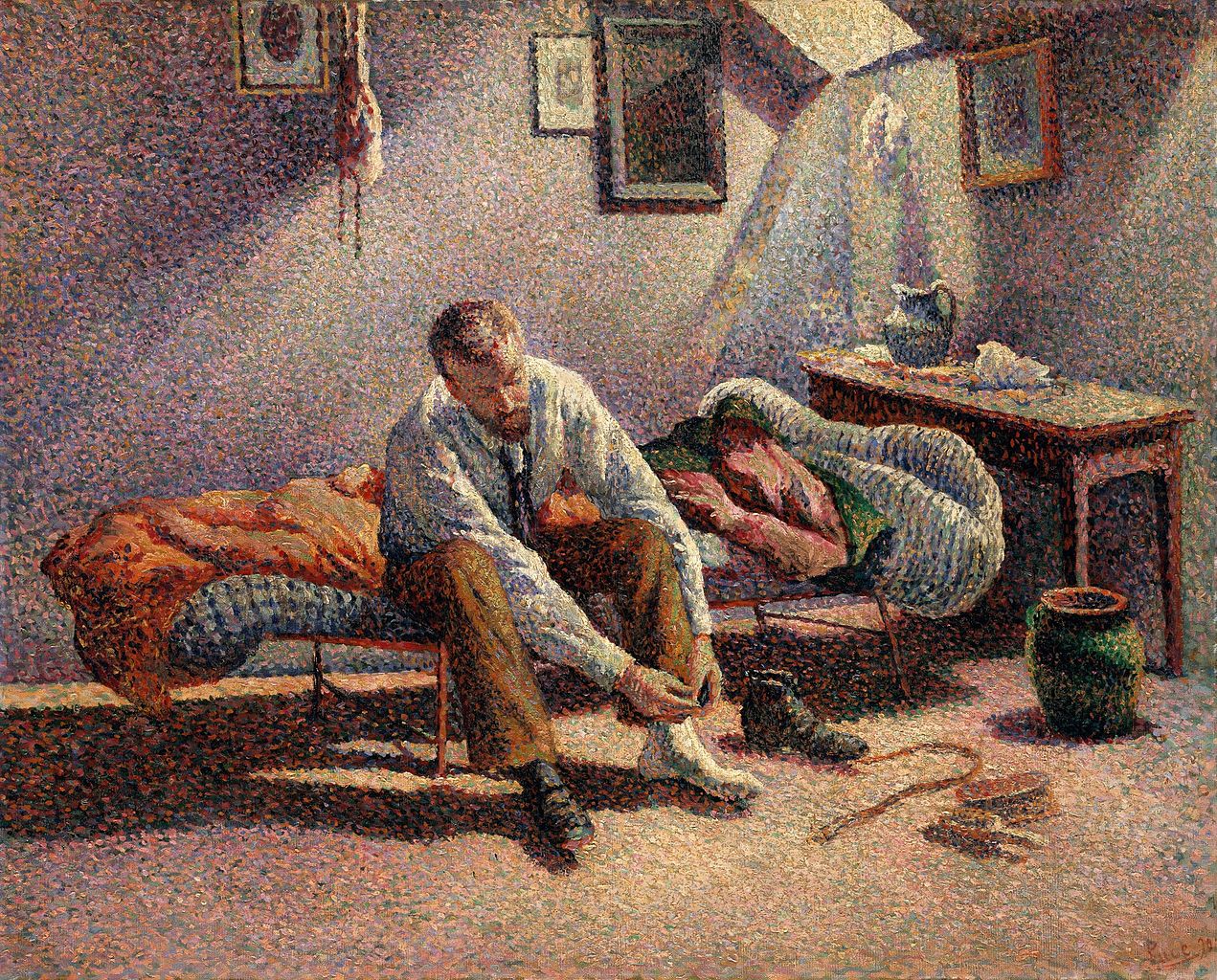
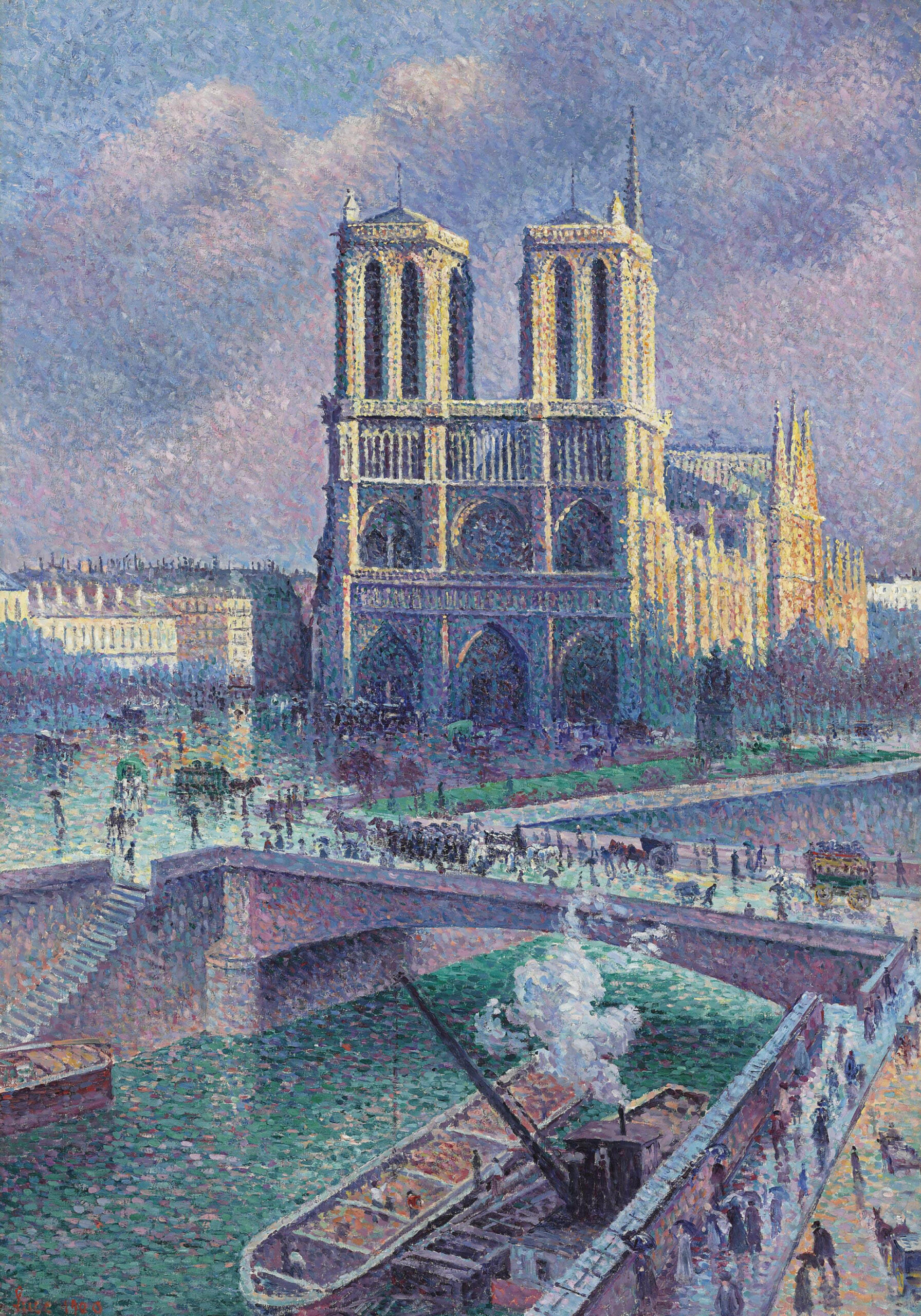
Optical Principles and Pointillist Color Spots
A scientific approach based on the optical theories used by mentioned authors was the basis for the development of the new technique of the pointillist painting style. The theory of complementary color pairs that are confronted on the white canvas and observed from an appropriate distance in order to achieve the full force of their visual capacity is called Divisionism.
As Divisionism and Pointillism are often equated as terms, it is important to emphasize that Divisionism is the principle of color relations and Pointillism is a method or way of painting. So all pointillist paintings are necessarily divisionist while all divisionist paintings do not have to be pointillist.
The key to the pointillist painting technique is the way the paint is applied to the white canvas. The paint is not previously mixed on the palette, it is applied in its unadulterated form as pure color. Therefore tiny dots of primary colors had been used to generate secondary colors. This application is done by precisely leaving small dots of the desired shade of the primary color.
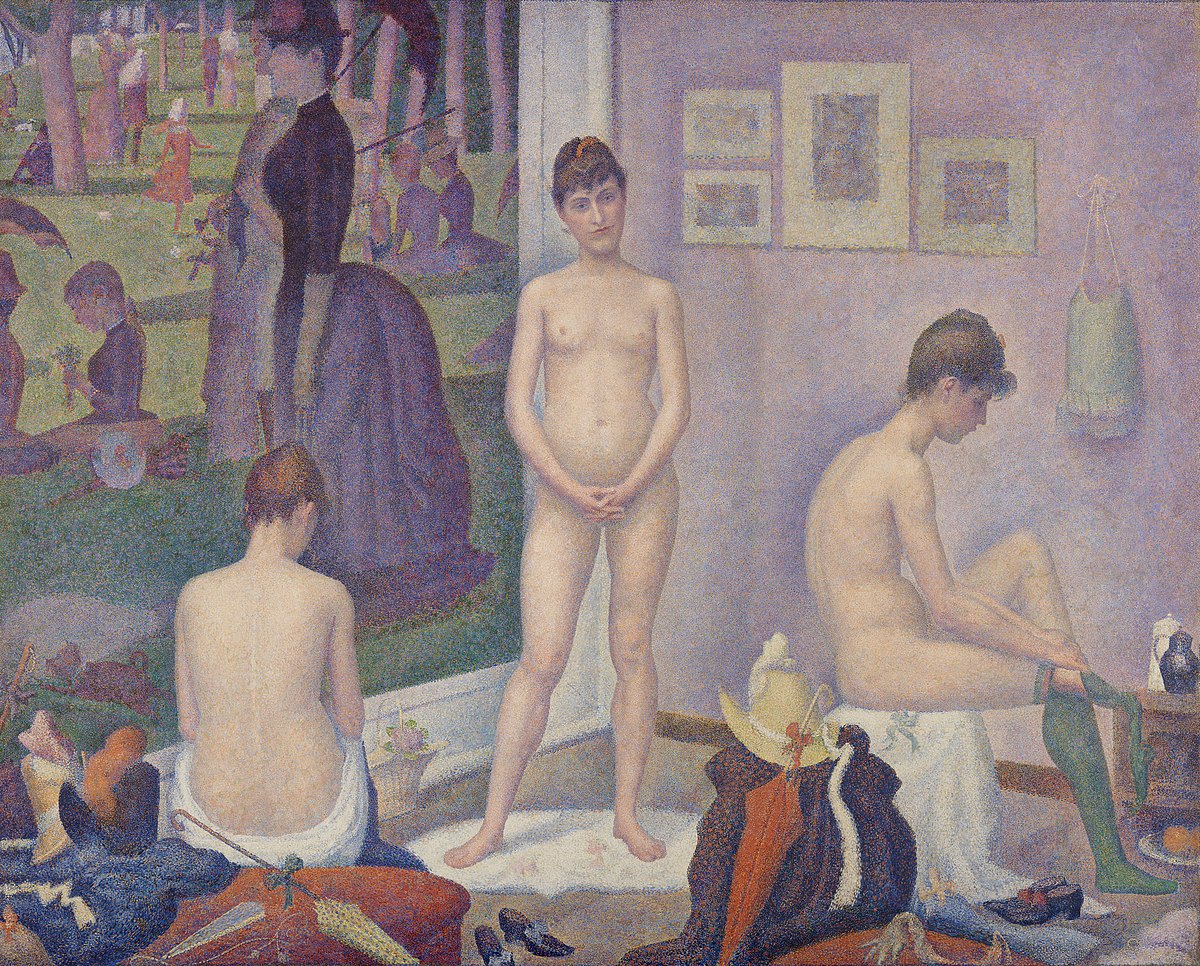
Revolutionary Principles of Painting
In accordance with the already mentioned color theories, the applied tiny dots form a series of complementary color pairs that contribute to the distinct vibrancy of the image.
Meticulousness, precision, and clear organization of the color and tone arrangement make the method that separates the impressionist from the neo-impressionist painting tradition. The givenness of the current impression and its constant susceptibility to change are qualities that pointillist artists have given up.
The principle of using a brush is crucial for identifying pointillism painting. In this specific style, the color is applied in rows of tiny dots not in broader brush strokes. Since post-impressionism, the unburdened stroke of the brush bringing layers of color in uneven size ratios is becoming more and more noticeable. It is the insistence on precision that separates the neo-impressionist tradition of pointillism from those that followed.
For Pointillists who most often painted with oil paints, this technique proved to be the most practical, considering that oil paint could be applied in a controlled way, which was of crucial importance for such a meticulous technique of distinct dots. Color fields organized in a pointillist style are characterized by a special luminosity that results from the light quality of the color of each small dot individually. This is enhancing an impression of the brightness of the overall scene. Pointillism is both a revolutionary painting technique and a completely innovative way of looking at a painting. In order to clearly see the painted scene, the observer had to find the appropriate distance that would meet his optical criteria and indicate to him the pulsating quality of the complementary colors.
Pointillism has left a strong mark not only on the artists of Post-Impressionism but also on numerous Avant-garde and Neo-Avant-garde art groups of the 20th century.
Notable Pointillist Artists
Georges Seurat, Paul Signac, Camille Pisaro, Maximilien Luce, Henri-Edmond Cross.
